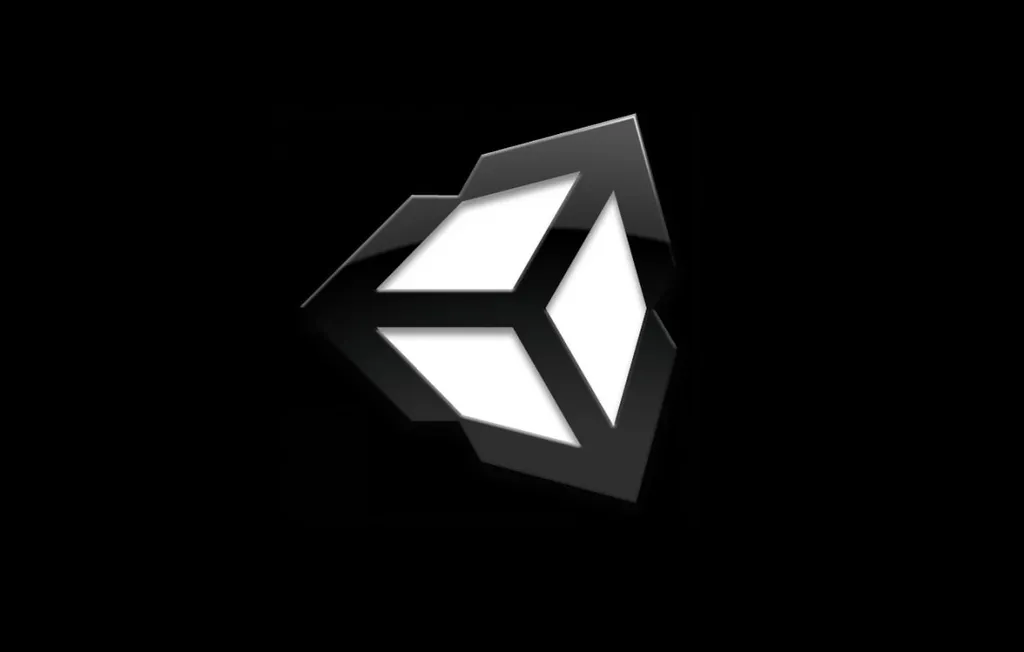The most popular VR development program on the market just got a bit better for content creators. Previously, adapting a VR experience across multiple devices and platforms could be a bit of a hassle, but the latest version of Unity – dubbed 5.4 – smooths over some of those rougher edges.
This means across multiple different platforms, from the Oculus Rift and Samsung Gear VR, to the HTC Vive and PS VR, Unity is now more evenly optimized. The official blog post states:
Unity 5.4 now includes built-in and optimized rendering support for OpenVR (SteamVR/HTC Vive), Oculus Rift, Gear VR, and Playstation VR platforms. Through a single API you can easily build for multiple platforms with device-specific tweaking kept to a minimum.
To enable this, we’ve refactored the VR subsystem to eliminate redundant code that duplicated functionalities across VR devices. On the performance side, we’ve added the Optimized Single-Pass Stereo Rendering feature (previously called Double Wide Rendering), so now both viewports are rendered in a single pass, to help sustain high frame rates.
This is a great update for all Unity VR developers, because it will ease the process of adding support for other platforms. For a gamepad-based VR game, porting the experience is now extremely easy, while motion-controller support will still require a bit more tweaking for the varying input methods and controller maps.
And if you’re tired of waiting for native Google Daydream support, you can download the devkit right here from Google.
If you’re just beginning your journey in VR development, Unity has a ton of great tutorials and we had a developer contribute a guest post with details on getting started as a VR developer packed full of excellent places you can use for assets and other resources.
You can download the latest 5.4 edition of Unity right here.
Correction: A previous version of this article incorrectly stated that Unity 5.4 featured native Google Daydream support. Thanks for pointing that out in the comments, Christopher David!


























